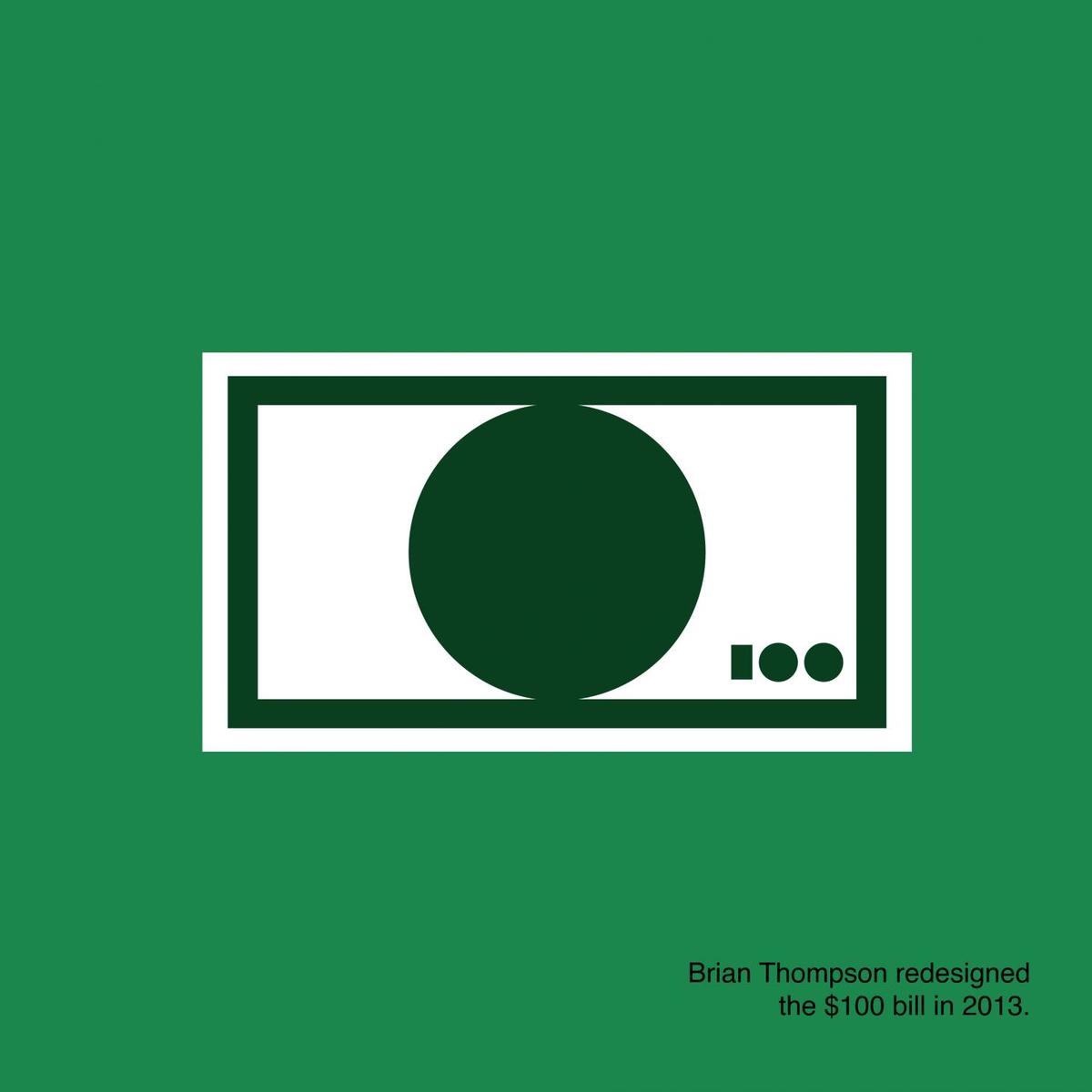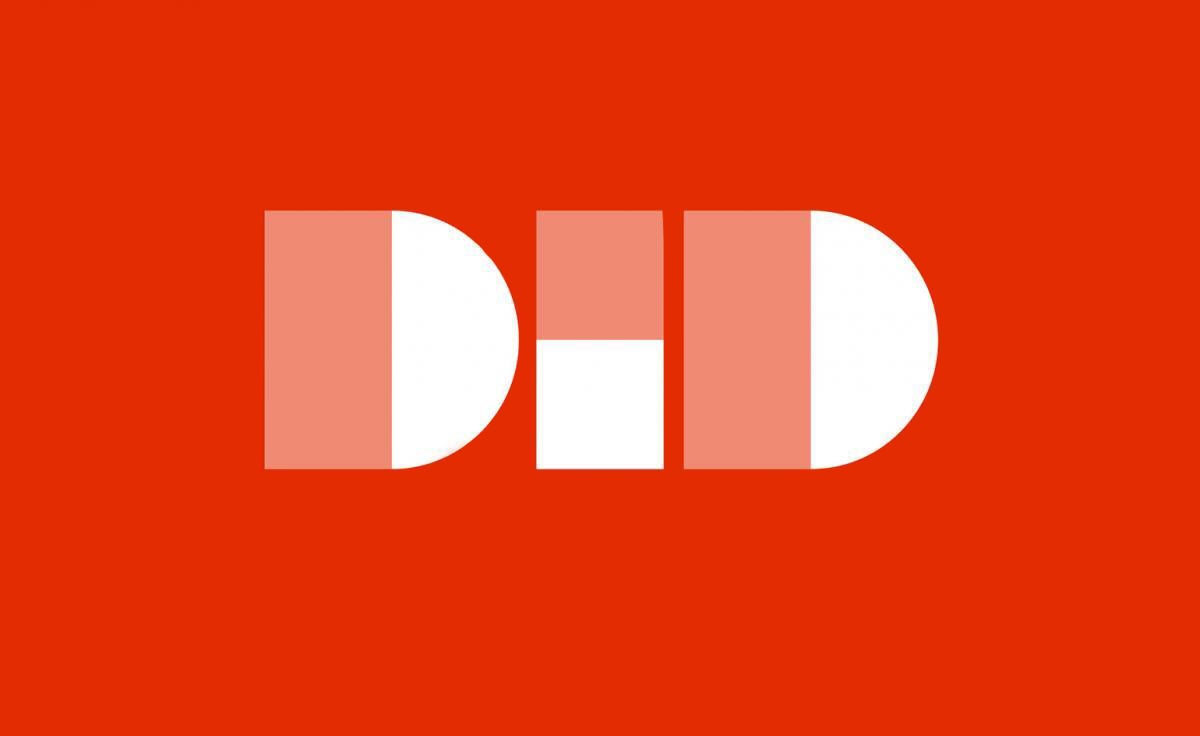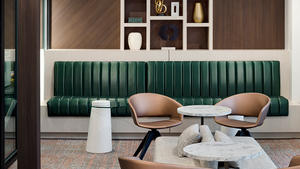The numbers fall under that uniquely depressing category of “shocking but not surprising.” Less than 5 percent of full-time employed designers identify as Black. The average Black student enrollment at design schools is less than 10 percent, with graduation rates under 3 percent. Two years ago, furniture designer Jomo Tariku did a study analyzing partnerships between major furniture companies and outside designers. His findings? Less than one-third of 1 percent of them were with Black designers.
But it never really took statistics to demonstrate the problem—to anyone looking, it has long been apparent that Black people have been underrepresented in the design industry. Last summer’s nationwide reckoning on racial inequality only brought a sense of energy, purpose and urgency to the issue. Roughly a year later, a group of design brands are launching a partnership they hope will tackle the problem at scale. The collective includes 20 companies from across the greater design industry, including Herman Miller, Adobe, Gap Inc., Levi Strauss & Co., Wolff Olins, Fuseproject and Pentagram. Their collaboration begs the question: If the biggest names in design get together to push for an equitable industry, will it finally happen?

The collective, called Diversity in Design (DID), is co-led by Mary Stevens, the senior vice president of strategic projects at Herman Miller, and Caroline Baumann, the former director of the Cooper Hewitt, Smithsonian Design Museum. It initially began as an internal initiative at Herman Miller. “After weeks of fruitful—and sometimes hard—discussion, it became really clear that the collective was the only way to go,” Baumann tells Business of Home. “It’s essential that design companies don’t act independently, but together, to make a commitment to real action.”
In the immediate future, DID’s key goal is to recruit more design companies to participate, stressing the importance of getting industry-wide buy-in. (Herman Miller is currently funding the program solo, and it is free for other companies to join the collective.)
In the medium term, the collective will be announcing a slate of initiatives and programs, all aimed at the long-term goal of addressing “the immediate and pressing issue of a lack of representation for Black creatives across design disciplines,” according to a release. To that end, the organization has four committees—one for internal governance, one for increasing opportunity at the high school level, another for college, and finally, a group that looks at recruitment and retention.
Implicit in the organization’s structure is a belief that a holistic approach is the only way to make a meaningful dent in a problem that has long resisted scattershot scholarship programs or one-off initiatives. D’Wayne Edwards, founder of the Pensole Design Academy, the first U.S. school dedicated to footwear design, signed on to DID’s advisory council in part because the organization is taking a top-to-bottom approach.
“It’s a systematic issue. If companies look at their organizations, they can see it’s a problem. Then you go backwards: If you look at recruiting, there’s a problem there. At college, there’s a problem there. Then in high school, there’s a problem there,” he tells BOH. “The opportunity is addressing it so it becomes a pipeline and a pathway. You’re not just fixing the college part.”
At least in the near term, many of DID’s initiatives are focused around education. Pensole and Detroit’s College for Creative Studies have partnered to expand Pensole to a full college and implement its model into other design categories—DID members will provide support in the form of visiting lecturers, insight into curriculum, and pathways to internships and employment. DID will also be launching a design fair in Detroit in 2022, bringing together students with recruiters from colleges and brands.
A focus on the “pipeline” reflects the fact that design education as it exists today is clearly not delivering for Black students. DID’s advisory council member Lesley-Ann Noel, a Tulane University professor who focuses on the social impact of design, has seen the issue firsthand. “Even before George Floyd’s murder, I was struck by the lack of diversity in elite private school spaces,” she tells BOH. “I had the opportunity to interview Black students about why they weren’t taking design classes, and they were clear: Those classes aren’t really designed for us.”
Noel is eager for DID to focus on delivering resources for Black faculty in design programs, and to strengthen the network of support that Black students have as they consider a design education. “How can all of the corporations within DID offer more support to the people that actually serve students of color?” she says. “Hopefully we will be having conversations that will lead to more long-term outcomes than just 100 new internships for Black students.”
It’s undeniable that addressing the pipeline issue at scale is the only way to ensure that the next generation of designers is more diverse. However, studies like Tariku’s reveal a stark disparity that can’t be explained only by the size of the talent pool. After all, most major furniture brands would only have to partner with one more Black designer to double their number of collaborations with Black creatives. (Tariku found that the vast majority, in fact, had worked with no Black designers at all.) Simply put: Any serious effort to make a dent in inequity has to look not only at the future, but also at the present.

To address that, membership in DID requires meeting a set of guidelines, including the elimination of unpaid internships, a commitment around collecting data on staff diversity, and creating opportunities for students who emerge from DID-related educational programs. It’s not, says Baumann, an either/or proposition—the pipeline or the present day. And she emphasizes that participating brands are committed to looking inward as well as outward: “The founding members are rolling up their sleeves and doing the work in a way that I certainly have never seen before. [They have an] understanding of how much they need to do.”
Even with a powerhouse group of brands and an ambitious vision, Baumann, Noel and Edwards acknowledged that there will likely be skepticism from the Black design community.
Some of that skepticism came from within DID’s own ranks, at least initially. “One of the first questions I asked was, ‘Is this all talk, or are we actually going to do something?’” says Edwards. “I told them I don’t want to be part of more conversations; I want to be a part of action. It was very tiring to be Black last year because of all the conversations.”
He ultimately was won over by the simple fact that so many major design brands had come forward and acknowledged they had a problem, and that the proposed solutions were comprehensive—more than just a handful of scholarships, a smattering of internships, or a stray social media post and a promise to do better.
“I’m optimistic that something’s really going to happen this time. I’ve been waiting 32 years,” says Edwards. “[But] we need to be about action. It says it within the name, DID, as a past tense—something happened. We need to honor that name so we can have conversations not about what we want to do, but about what actually happened.”
Homepage Photo: DID’s logo is designed by founding advisor Forest Young, chief creative officer at Wolff Olins
























